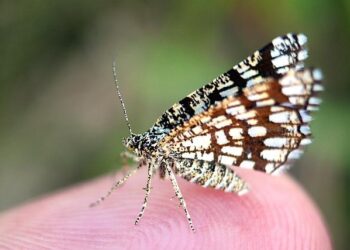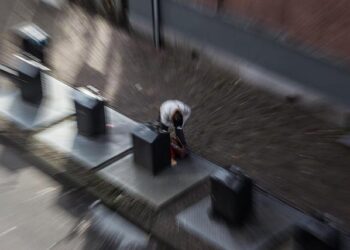Serbia’s Wool Installation: Pioneering Circular Design at Venice Architecture Biennale 2025
Redefining Material Reuse Through Wool: A New Architectural Language
- Regional wool sourcing: Minimizing transportation emissions by utilizing local resources
- Modular design: Facilitating versatile configurations adaptable to various spatial needs
- Eco-conscious finishes: Guaranteeing full compostability post-use
| Feature | Description | Sustainability Impact |
|---|---|---|
| Sourcing Material | Sheep Wool from Serbian Farms | Boosts local economies & reduces carbon footprint |
| Construction Methodology | Interlocking Modular Panels Made from Wool Composites | Eases reconfiguration & prolongs lifecycle use |
| Treatment Process | Nontoxic Biodegradable Coatings | Makes end-of-life disposal environmentally safe |
Ethical Sourcing and Eco-Friendly Production Methods Behind the Exhibit
- Collaboration With Local Artisans: Revitalizing traditional weaving techniques enhances cultural heritage preservation
- Energy Efficiency: Natural daylight maximized within exhibition space minimizes electricity consumption
Leading voices among Serbian architects showcased at Venice emphasize embedding circular economy frameworks deeply within architectural workflows-not merely as an add-on but as foundational philosophy guiding resource management throughout building lifecycles.
Their “Wool Installation” exemplifies this ethos by leveraging natural regeneration inherent in sheep wool while challenging entrenched linear models focused on single-use materials followed by demolition waste.This paradigm shift prioritizes: - Transparency In Materials: Comprehensive documentation tracing origin through end-of-life impacts empowers informed decision-making.
- Design For Disassembly:The modular nature facilitates easy deconstruction allowing components’ continual repurposing.
- Cohesive Stakeholder Engagement:A collaborative network spanning farmers, artisans, manufacturers, designers ensures holistic sustainability.
- Resource Optimization:Clever integration of technology reduces unnecessary consumption without compromising aesthetics or function.
These strategies collectively foster resilience-not just environmentally but economically and socially-by nurturing community involvement alongside ecological responsibility.
Modular Assembly: Designed for straightforward dismantling enabling multiple lifecycles across different settings
Serbia’s Wool Installation Unveils Innovative Circular Design at Venice Architecture Biennale 2025
In a mesmerizing showcase at the prestigious Venice Architecture Biennale 2025, Serbia presents an innovative wool installation that challenges traditional architectural narratives. This project combines sustainability with artistic expression, introducing a circular design approach that redefines our relationship with materiality and the environment.
Unique Features of the Installation
- Eco-Friendly Materials: Utilizing locally sourced wool, the installation exemplifies the use of sustainable materials in architecture, promoting biodiversity and reducing carbon footprints.
- Innovative Circular Design: Inspired by the principles of circular economy, the design emphasizes reuse and recycling, encouraging viewers to rethink waste and promote renewable practices.
- Interactive Experiences: Visitors are invited to engage with the installation, fostering a deeper understanding of the impact of materials on our surroundings and encouraging dialogue about future architectural practices.
Benefits and Value Offered
This remarkable installation not only highlights Serbia’s rich cultural heritage but also serves as a beacon for sustainable design, offering significant benefits:
- Promotion of Sustainability: By showcasing the viability of wool as a sustainable construction material, the installation inspires architects and designers to explore eco-friendly alternatives.
- Awareness of Environmental Issues: The project engages audiences in conversations surrounding sustainability and responsible design, fostering a community of environmentally conscious citizens.
- Artistic Innovation: Merging art with architecture, the installation encourages creatives to think outside the box, integrating aesthetic beauty with functional design.
A Compelling Narrative
As visitors roam through the enchanting spaces of the Venice Architecture Biennale, Serbia’s wool installation acts as a transformative piece that illustrates the profound connections between culture, material, and the environment. It invites audiences to immerse themselves in the tactile experience of wool, evoking narratives of tradition, craftsmanship, and innovation. Each strand tells a story, beckoning viewers to contemplate the future of architecture amid an ever-changing ecological landscape.
Join us in celebrating this groundbreaking installation, which stands as a testament to Serbia’s commitment to sustainability, creativity, and the art of circular design. Experience the convergence of architecture, art, and nature, encapsulated in a woolen embrace at the Venice Architecture Biennale 2025.















